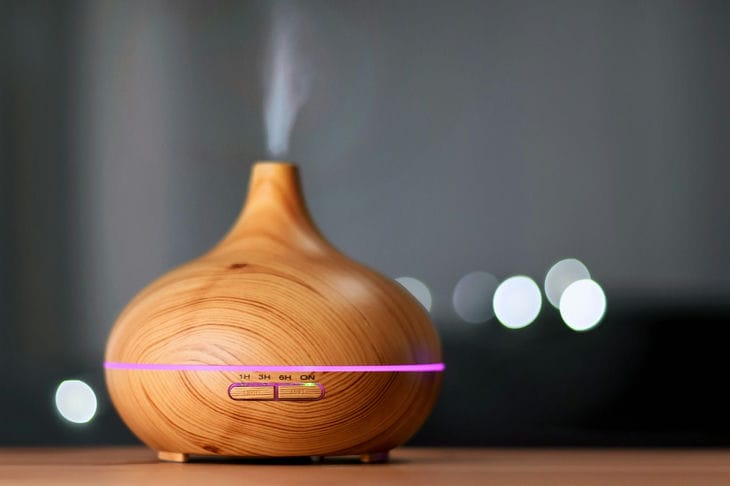Can You Run a Humidifier All Night: Truths and Myths About Nighttime Humidification
Sleeping in comfortable conditions is the key to good health and productivity.
Many people, trying to create an ideal microclimate in the bedroom, wonder about the possibility of a humidifier operating around the clock.
This device has become a real salvation for those who suffer from dry air, especially during the heating season.
However, the question of the safety and appropriateness of its continuous operation at night causes a lot of controversy among users and healthy sleep experts.
The Effect of Humidity on Sleep Quality
The optimal level of humidity in the bedroom plays a crucial role in ensuring healthy sleep.

Dry air can irritate mucous membranes, lead to dry skin and even cause breathing problems.
On the other hand, excess moisture creates a favorable environment for the growth of mold and dust mites.
Experts recommend keeping the humidity in the bedroom at 40-60%. This is the range in which most people feel most comfortable.
Types of humidifiers and their features
There are different types of humidifiers on the market: ultrasonic, steam, traditional evaporative.
Each of them has its own advantages and disadvantages for night use. Ultrasonic models work quietly and effectively, but can over-humidify the air during prolonged operation.
Steam humidifiers kill bacteria in water but produce more noise. Evaporative models are safest for nighttime use because they cannot over-humidify a room, but are less effective in larger rooms.
Nighttime Humidification Safety
The main concerns about running a humidifier at night are the risk of over-humidification and mold growth.
Modern models are equipped with hygrostats that automatically switch off the device when the set humidity level is reached. This significantly reduces the risks associated with excessive humidification. However, it is important to regularly clean the device and change the water to prevent the growth of bacteria.
Selecting the right operating mode
For safe nighttime use of the humidifier, it is recommended to select a low or medium intensity mode.
Many modern models have a special night mode that provides an optimal level of humidification without unnecessary noise.
It is also worth paying attention to the volume of the tank - it should be sufficient to operate throughout the night without the need to add water.
Placement of humidifier in bedroom
Proper placement of your humidifier in your bedroom plays an important role in its effectiveness and safety.
The device should be installed at least one meter away from the bed and other furniture. The steam jet should not be directed at the sleeping person or electronic devices. It is advisable to place the humidifier on an elevated surface to ensure even distribution of moisture in the air.
Additional functions for comfortable sleep
Many modern humidifiers come with additional features that can be useful for nighttime use.
The ionization function helps to clean the air from dust and allergens. Built-in fragrances allow you to fill the bedroom with a pleasant, calming aroma. Some models even have a white noise function, which can help people sensitive to external sounds fall asleep.
Individual approach to hydration
It is important to remember that the need for air humidification is individual and depends on many factors: climate, season, and health characteristics of the person.
Some people sleep more comfortably in drier air, while others need higher levels of humidity. Experimenting with different humidifier settings can help you find the optimal settings for healthy, comfortable sleep.
